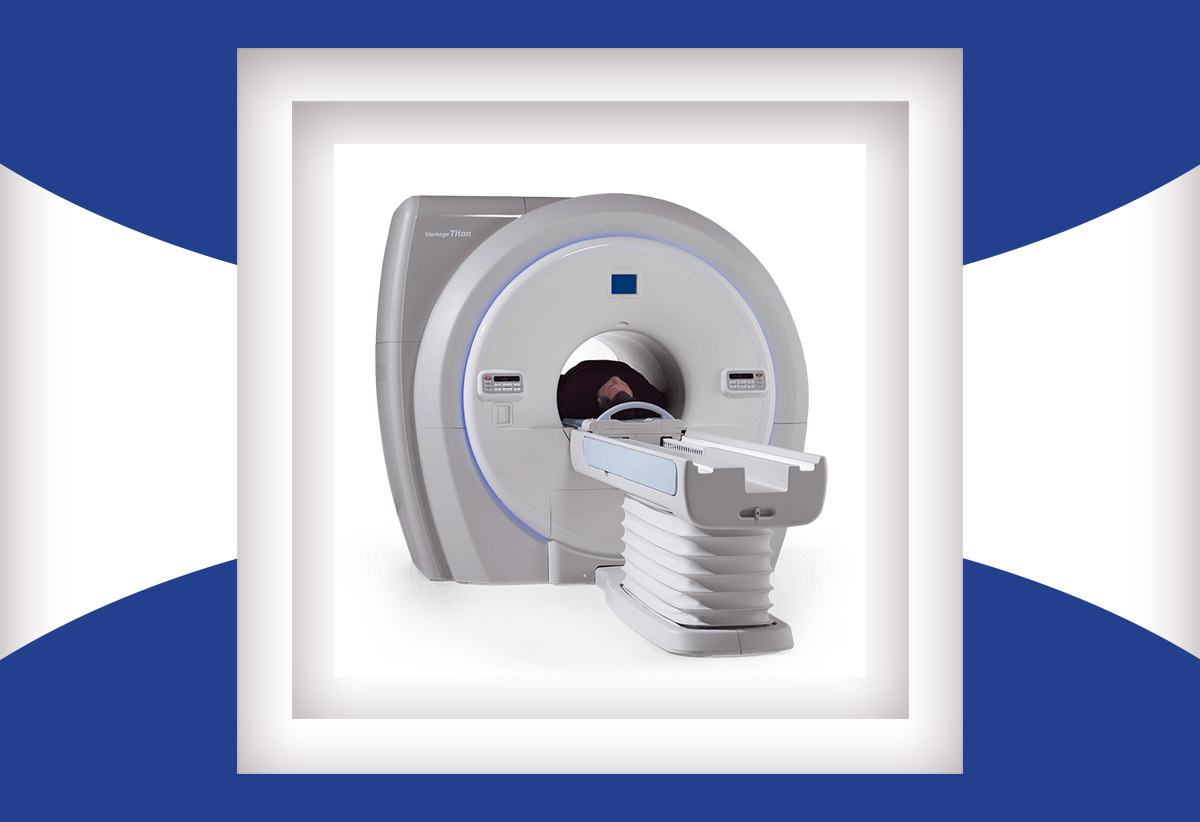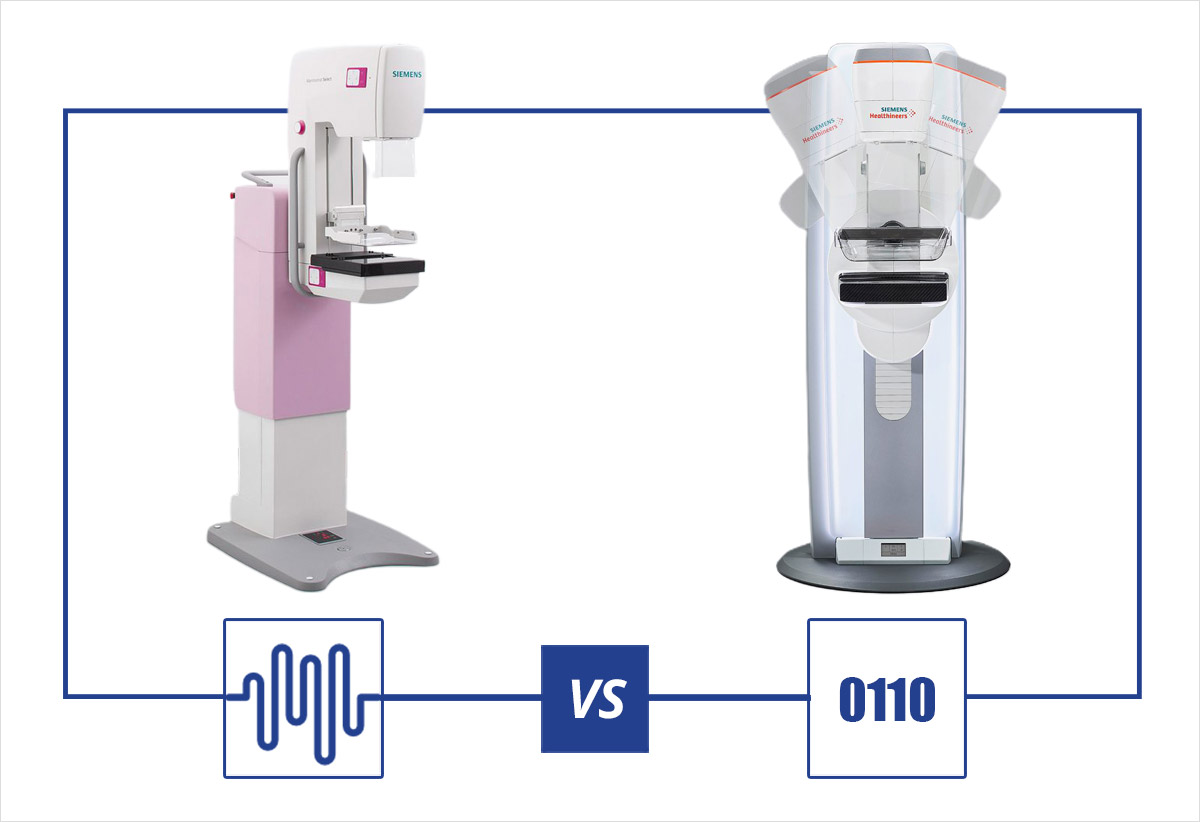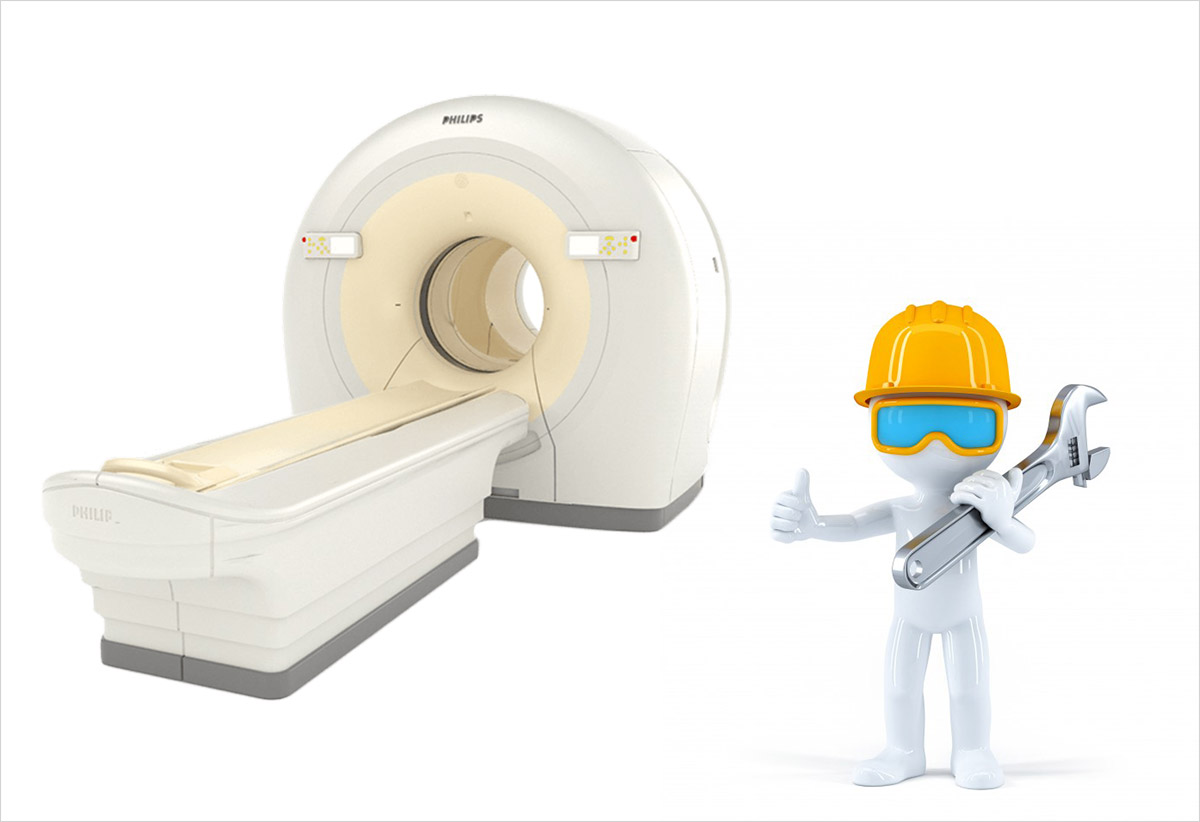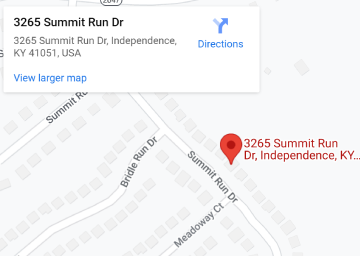Have you considered ROHS compliance for refurbished medical equipment?
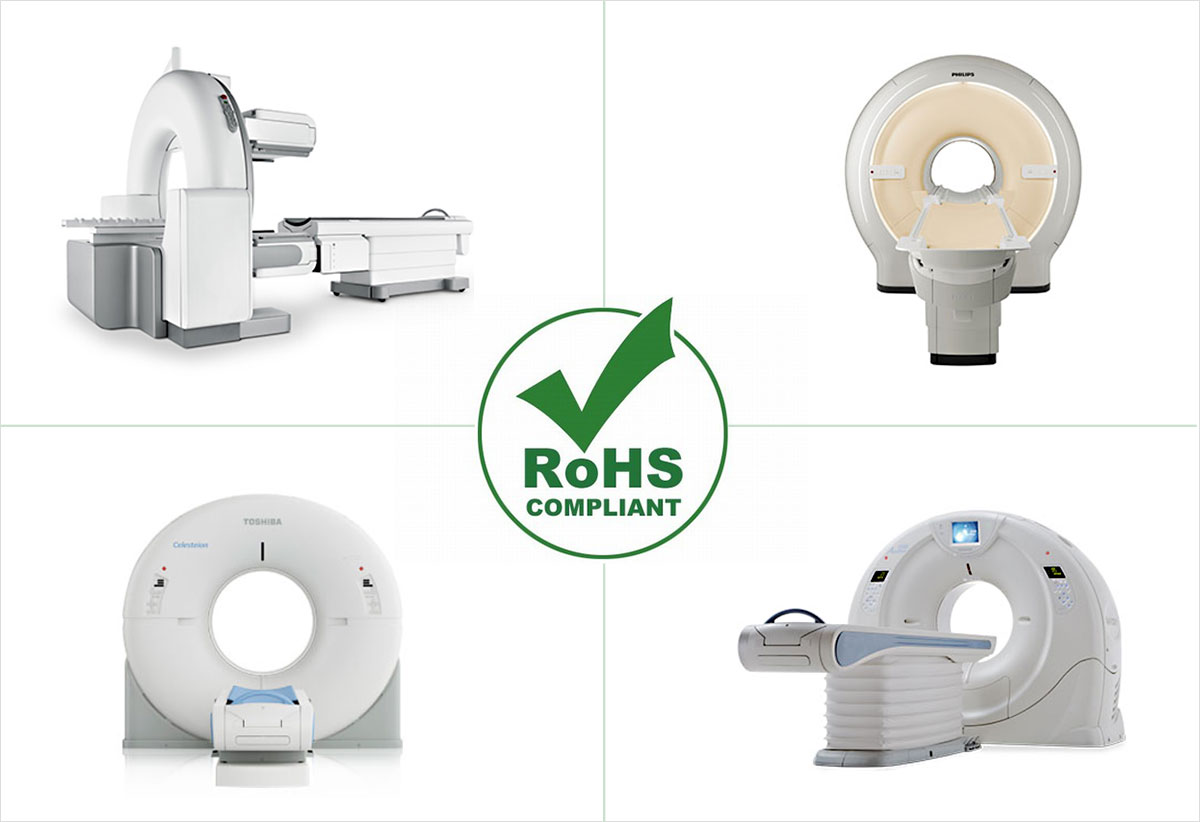
Introduction
All medical managers of hospitals and other medical organizations must know how their medical system functions. They must be aware of all the risks of their work, especially from their Medical imaging equipment. They must be informed about all regulations and certifications not only related to medical professionals but also related to the medical devices and systems.
The abbreviation ROHS represents an acronym for “Restriction on the Use of Certain Hazardous Substances” which considers the restriction on the use of hazardous substances in electrical and in the electronic equipment under European Union Directive 2002/95/EC (EU ROHS). This regulative is also referred to the upcoming prohibition on sales of some electronic devices which contain certain hazardous substances in California (California ROHS).
The main purpose of the EU ROHS is to restrict the usage of hazardous substances found in electrical and electronic medical equipment. The following hazardous substances are restricted in EU: cadmium, lead, mercury, polybrominated biphenyls, hexavalent chromium, and polybrominated diphenyl ethers.
California ROHS regulative requires DTSC to adopt regulations which prohibit an electronic device from being sold or offered for sale in this state if it is prohibited from being sold or offered for sale in the European Union under EU ROHS. This is due to the presence of certain heavy metals. In California, the following substances are restricted: mercury, hexavalent chromium, lead, and cadmium.
ROHS compliance: the correlation with used and refurbished equipment
The ROHS or “The restriction of the use of hazardous substances in electrical and electronic equipment” is the latest regulation that comes from the European Union. It is good to know that this directive has become official in 2011 and since then, it is updated into many categories of electronics based on the internal schedule. Those persons who work with medical equipment have the right to know that this regulation to medical devices started June 22, 2014. From this date on, all new, used, and refurbished medical equipment which enters the European market must not have more than the acceptable amounts of the restricted substances.
This seems to be not so good for the manufacturers of medical devices. Major manufacturer companies no longer provide declarations of conformity for their systems which are produced before the compliance date. A declaration of conformity was usually needed for equipment to clear customs. They serve as a given promise from the manufacturer that the systems follow all kinds of regulations and including the ROHS regulative. Without these documents of conformity, some systems might probably have been forbidden access to entry in the European Union.
For the systems which are already imported in the European Union, this is not a big thing. But, if a person has a plan to import a new system, this could be a real problem. That person must be sure and check for certain compliance with any system dealer he works with. This compliance could be a game changer for those companies that deal with the secondary market. Those manufacturers who imported new devices before this regulative, may increase the value of their systems because, it would be more difficult to replace them with the imported systems. The medical industry could also be aware of seeing fewer exports of the European systems as companies try to maintain a local supply.
Summary
The following question comes to mind: “Do ROHS exemptions concern me”? If some document falls under the scope or objectives of equipment given in the ROHS 2 directive, it should precede the regulations according to the new rules and directives. The evaluation must be completed with the assurance that it does not include one or more of the restricted substances above a prescribed amount. Every person who is somehow involved in this field must know the tolerated amount of the substances which are permitted in any homogeneous material.
One must be aware that the regulation legislative may be changed, and he/she must follow if there are any adjustments to the list of substances and/or tolerated amount from time to time. All this is happening with the available scientific and developments in technology. Any person who is involved in this field should be aware of the ROHS directive.
All the persons who are somehow included in this process have the right to check if they match all the given requirements from the ROHS compliance. This is very important if they want to avoid additional problems and concerns.
The ROHS directive includes a few criteria which could be found and checked. Every person must find these criteria and see if he has complete documentation according to the new protocol. If not, he could find a way to arrange the documentation and make sure his permissions would be accepted.


